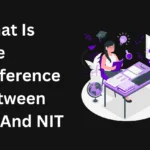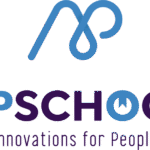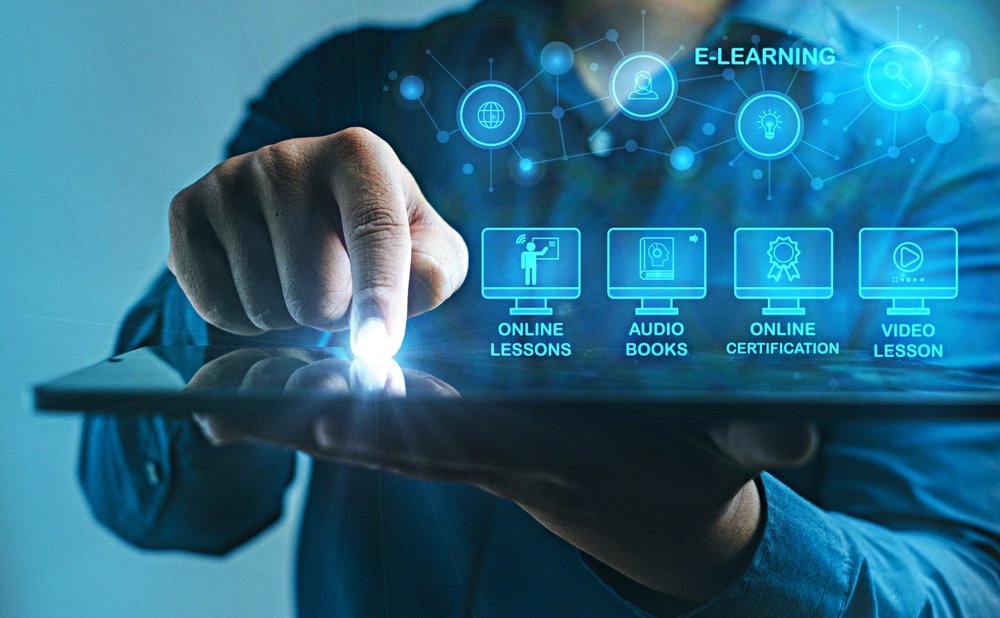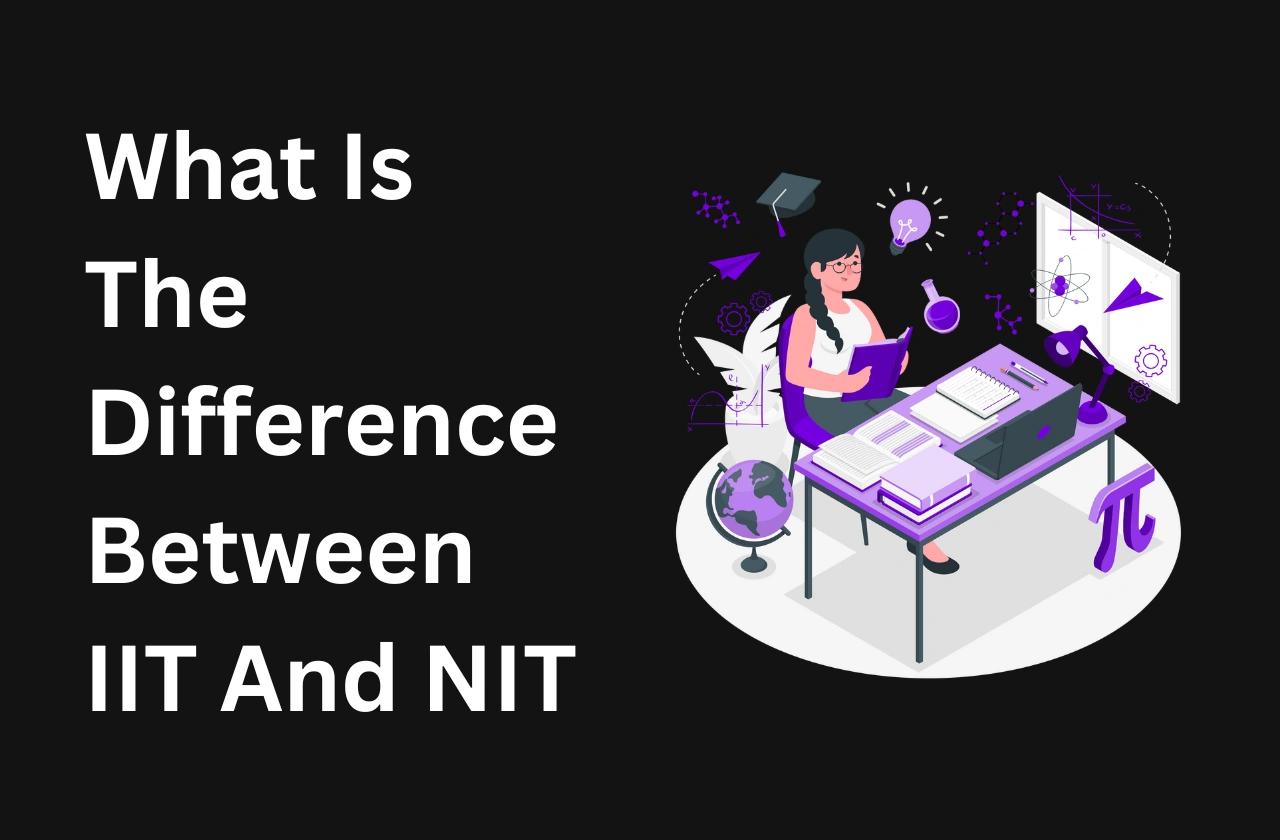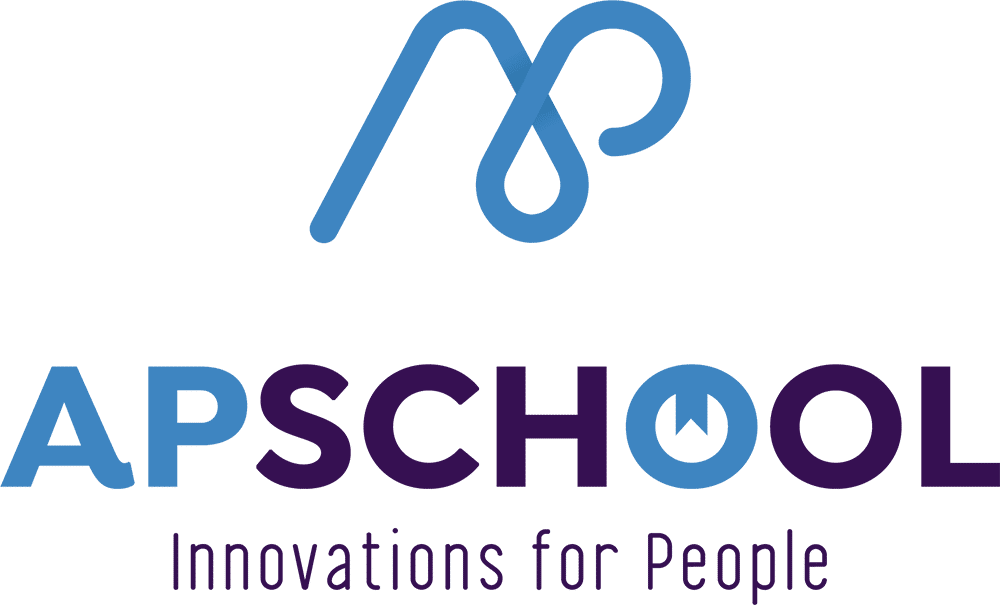The integration of technology into education has become integral to its transformation. One such technological advancement is the introduction of Cyber-Physical Systems (CPS) within the e-learning setup. CPS are systems about a synergizing of computational algorithms with physical entities and provide immense potential for transformation in educational environments. This introduction gives an elaborate account of the general dealing with CPS in terms of what they are, how they are applicable in e-learning, their advantages and disadvantages, and how they are poised to reinvent education in the future.
Understanding Cyber-Physical Systems (CPS)
Cyber-physical systems integrate computation, networking, and physical processes. Embedded computers and networks monitor and control physical processes, generally with feedback loops in which physical processes affect computations and vice versa. These systems are fundamental to various domains, including manufacturing, healthcare, and education.
The Convergence of CPS and E-Learning
E-learning drifted from the old norms of classroom education and enabled learning beyond boundaries. The incorporation of CPS effectors into e-learning platforms enables high interactivity, on-the-spot feedback, and personalized learning experiences. In virtual laboratories, CPS may be used to imitate a real experiment so that a student can perform hands-on training from afar.
Benefits of Integrating CPS in E-Learning
CPS create interactive simulations that replicate real-world scenarios, allowing learners to apply theoretical knowledge in practical contexts.
CPS delivers instantaneous feedback through sensor technology and data analytics which enables learners to identify and rectify errors without delay.
Personalized Learning: CPS examines learner interactions to modify content delivery according to unique learning styles and speeds.
CPS platforms enable collaborative learning spaces where students jointly tackle intricate problems which reflect actual teamwork situations.
Case Studies and Applications
Technology-Enhanced Learning: An Optimal CPS Learning Application
Researchers in Sustainability examined the creation of a CPS learning application designed for both training and evaluating collaborative problem-solving skills. The application focused on communication, team building, knowledge sharing, problem-solving, and planning. The research emphasized the necessity of incorporating advanced technologies including artificial intelligence and virtual/augmented reality to achieve optimal educational results. Designers of CPS learning environments must account for individual characteristics including learning styles and gender differences to create effective systems.
Skilling Human Resources for Effective CPS Implementation
The IITI DRISHTI CPS Foundation has taken active measures to enhance individuals’ skills in CPS technologies. They have implemented numerous initiatives that explore emerging technologies such as AI-ML, digital twins, embedded systems, and cloud computing. These initiatives seek to bridge the industry’s skill gap by equipping professionals to implement CPS effectively across various sectors, including education.
Cyber-Physical Systems for Industrial Applications by L&T EduTech
The organization called L&T EduTech has opened a course called Cyber Physical Systems for Industrial Applications, where a student is introduced to CPS from the introductory level up to its various applications in engineering fields. With great stress on practical exposure to software and hardware co-design, the course makes students ready to put into practice their knowledge of CPS in real-life situations.
Challenges in Implementing CPS in E-Learning
Technical Infrastructure: Technical infrastructure is considered necessary and mandatory for the effective implementation of CPS, which may not be available for certain institutions.
Digital Divide: Students from disadvantaged backgrounds may not have access to the devices or Internet connectivity required, thus limiting their participation in the CPS-supported e-Learning endeavors.
Capacity Building of Teachers: Teachers should receive adequate training to implement CPS into their educational settings.
Data Privacy: There are concerns related to privacy and data security as CPS would entail the use of student data for purposes of collection and analyses.
Addressing the Challenges
Hence, it could be an Infrastructure Development aspect: investments in infrastructure are essential to support CPS implementation and will significantly associate with public-private partnerships in this development.
Connect the Digital Divide: The initiatives to provide devices and internet connection to the underserved students are vital. For example, donations made by organizations to students without digital access during the COVID-19 pandemic can ensure continuity of educational activities.
Continuous professional development programs for educators have the potential to supply the needed skills for integrating CPS into their instruction.
Clear Data Policies: Strong data privacy policies and a secure data management system can help minimize the privacy concern.
The Future of CPS in E-Learning
At the same time, the introduction of CPS into e-learning is going to change the face of education and offer the possibility of learning more interactively, personally, and about real-world application cases. More highly evolved CPS applications should be seen in the future that even further broaden applicability for diverse learning environments and needs. Alongside all this, some challenges will need to be addressed proactively for equity and effectiveness in implementation.
Conclusion
The major consideration of cyber-physical systems will transform e-learning with theoretical and applied knowledge. All have their challenges, but combined efforts by educational institutions and various industries and policymakers will establish a foundation for a future learning environment.
CPS allows us to improve the learning experience for learners and make them suitably prepared for a techno-global world.
Also Read: Comprehensive Guide to the NET JRF Syllabus

